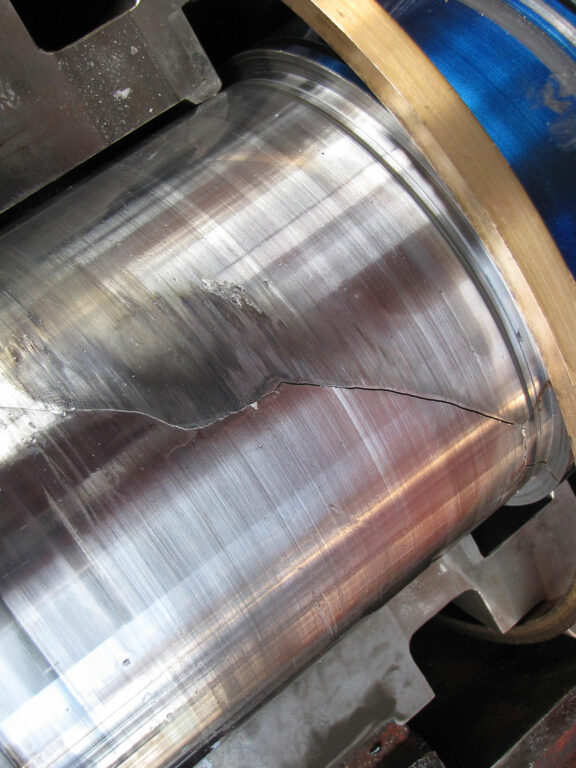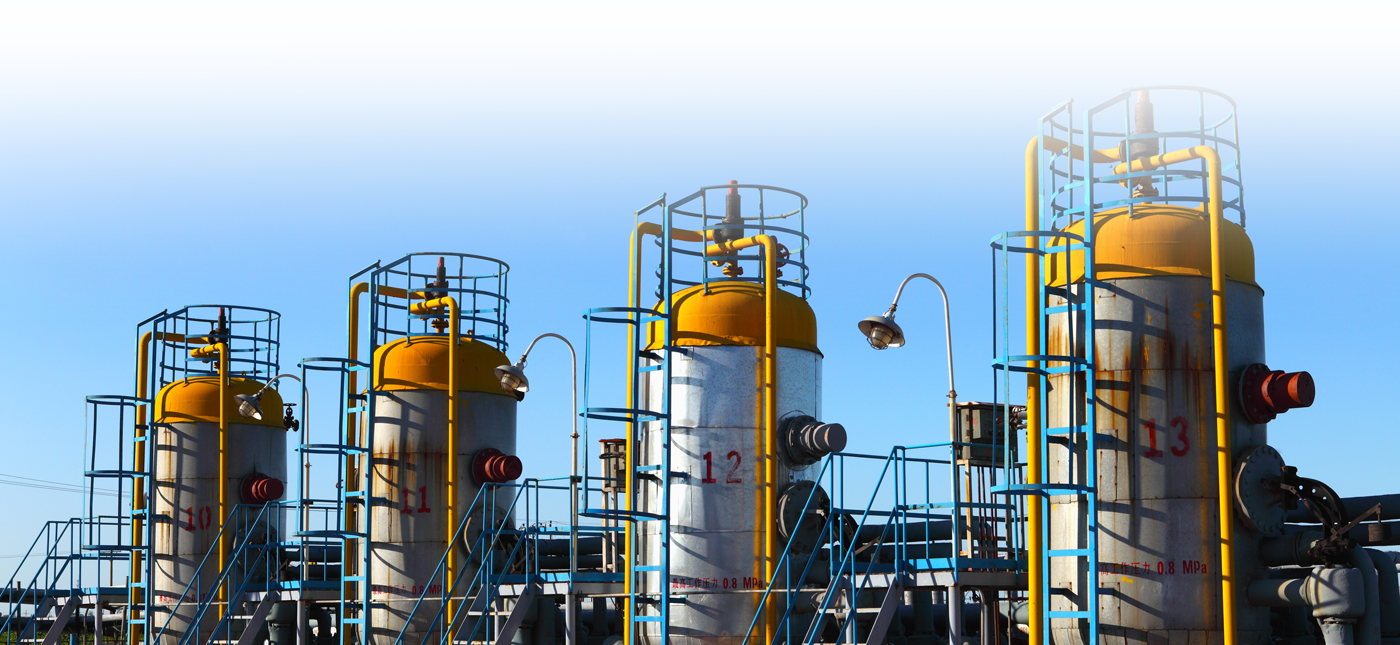Torsional Vibration Analysis (TVA)
Torsional Vibration Analysis (TVA)
Torsional vibration is an oscillatory angular motion that causes twisting in shaft sections and couplings of machinery. These fluctuations are superimposed on the steady running speed. High torsional vibration can be destructive and will not usually be detected by accelerometers and proximity probes commonly used to measure lateral vibration. Severe torsional vibration can occur with the only indication of a problem being gear noise or coupling wear. Excessive torsional vibration can result in:
- High Gear Noise
- Accelerated Gear Wear
- Gear Tooth Failures
- Damaged Couplings
- Key Deformation
- Slippage of Coupling Hubs
- Motor Winding Loosening
- Shaft Fatigue Failures at 45° Angle
Specifications such as those published by The American Petroleum Institute (API) require separation margins between dangerous torsional resonances and the operating speed. If existing equipment is experiencing torsional vibration problems, measurements can be performed to determine the cause and computer analyses used to evaluate potential solutions. EDI has extensive analytical and field measurement experience in dealing with torsional vibration problems. In all types of rotating and reciprocating machinery.
There are two general methods for analyzing torsional response:
Frequency Domain (Steady-State Conditions)
- Assume system remains at each speed indefinitely
- Constant dynamic torque excitation
Time Domain (Transient Conditions)
- Startup accelerating through resonance
- Electrical faults of motors

